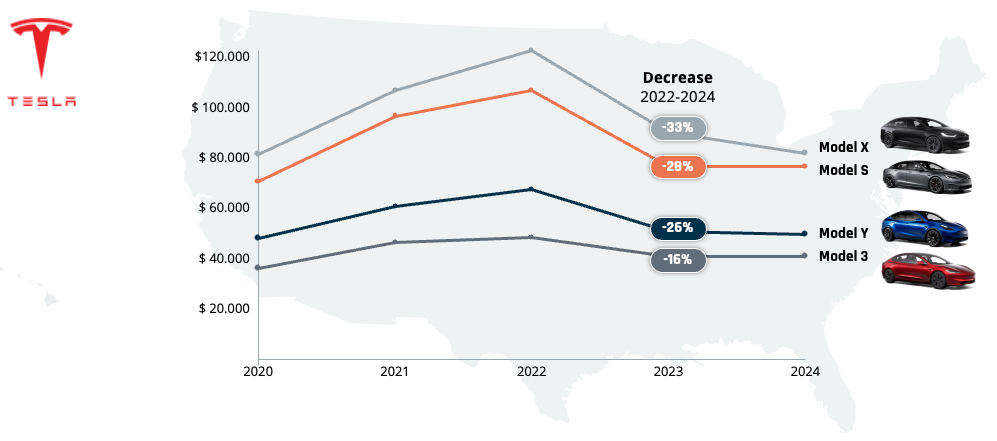Thorsten Lips (1972) is a partner at Berylls by AlixPartners (formerly Berylls Strategy Advisors). He began his career as a management consultant at PricewaterhouseCoopers Düsseldorf in 1998. After spending six years at Malik Management Centre in St. Gallen, Switzerland, he took the cross-industry, global responsibility for Pricing, Sales, Service and Marketing as a partner at Horváth. At Berylls, his area of expertise is Pricing & Revenue Management. This encompasses classical topics like new- and used-car pricing, aftersales pricing and the like. In addition, he is an expert in innovative Pricing and Revenue Management approaches for digital products and services as well as in the field of data-driven Pricing.
Industrial engineering and management studies at the Technical University of Ilmenau and the Technical University of Darmstadt.



